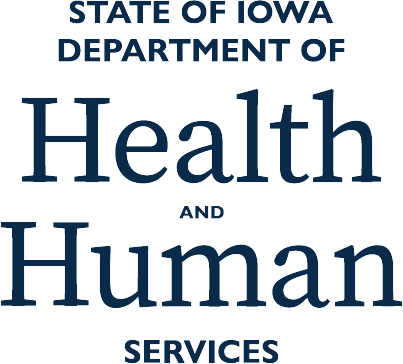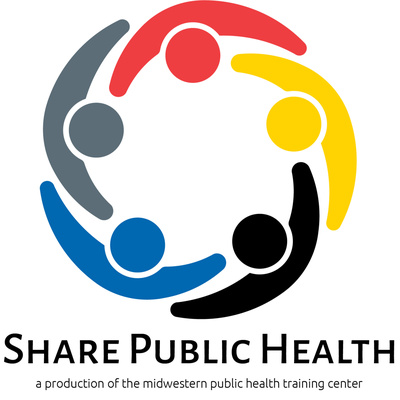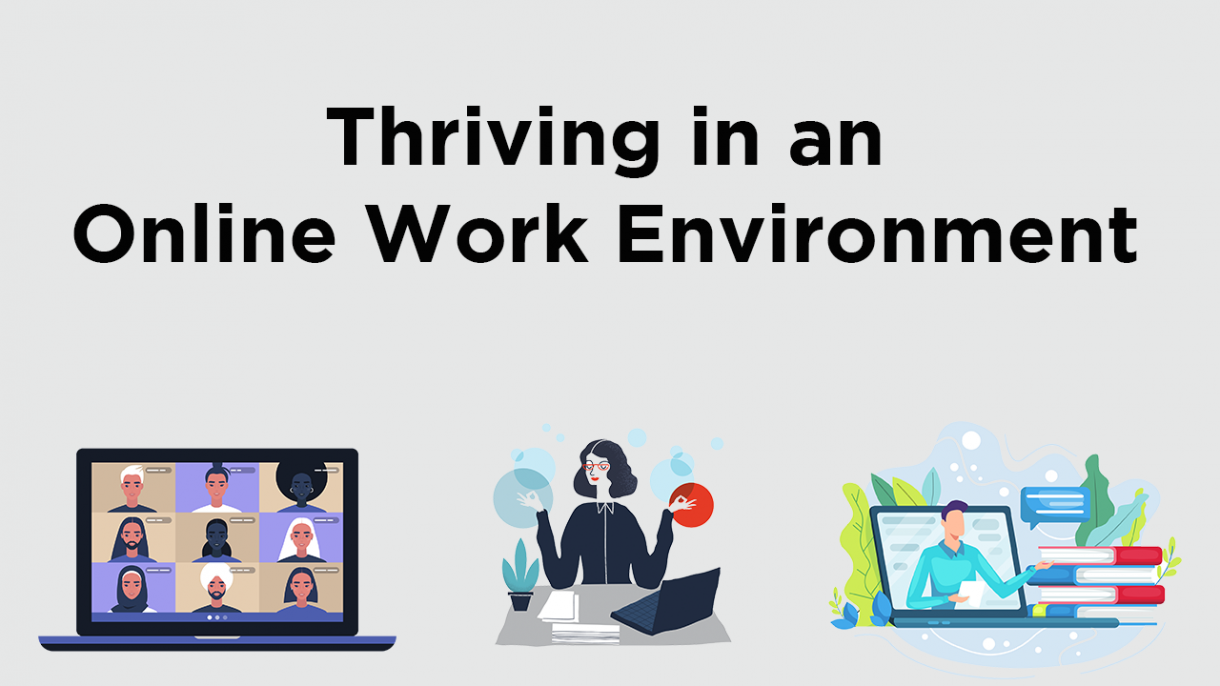Description:
Goal
The presence of hazardous materials in an Emergency Department is a risk to everyone - hospital personnel, patients and other people within the hospital. During HAZMAT incidents, hospital personnel should have two main goals:
- to protect both themselves and others from exposure to the hazardous material
- to provide the same level of care for the contaminated patient as any other patient
This course is intended to help you respond to incidents involving hazardous materials in a way that meets these two goals.
Intended Audience
This course is intended for health care workers in a hospital environment who may potentially have contact with a contaminated patient.
Public Health Preparedness Capabilities
-
Capability 1: Community Preparedness
- Function 1: Determine risks to the health jurisdiction
-
Capability 2: Community Recovery
- Function 1: Identify and monitor public health, medical, and mental/behavioral health system recovery needs.
Public Health Preparedness and Response Core Competencies
-
1.1 Solve problems under emergency conditions.
- 1.1.1 Recognize emergency conditions and the resulting problems.
- 1.1.2 Evaluate the level of hazard or risk.
- 1.1.3 Prioritize problems based on level of hazard and degree of risk.
- 1.1.17 Refer problems that fall outside his or her scope of authority to the appropriate person in the chain of command.
-
1.3: Facilitate collaboration with internal and external emergency response partners.
- 1.3.1 Compare the roles of relevant internal and external emergency response partners (including, but not limited to, agencies, organizations, authorities, elected leaders and stakeholders).
-
1.4: Maintain situational awareness.
- 1.4.3 Use information and resources to identify changes in the situation and/or response.
- 1.4.7 Distinguish between critical and non-critical elements of the emergency in terms of the creation of situational awareness.
-
1.6 Act within the scope of one’s legal authority.
- 1.6.3 Access the emergency preparedness and response policies and procedures of one’s own organization.
- 1.6.5 Document appropriate information relative to the application of the law.
-
2.3 Report information potentially relevant to the identification and control of an emergency through the chain of command.
- 2.3.2 Communicate within the organization’s defined command structure (i.e. report up, communicate down).
-
2. 4 Collect data according to protocol.
- 2.4.1 Use standardized protocol to collect data.
- 2.4.2 Identify key local resources of data.
-
2. 5 Manage the recording and /or transcription of data according to protocol.
- 2.5.1 Adhere to relevant ethics guidelines, state and federal laws regarding data collection, management and dissemination.
-
3.3 Participate in improving the organization’s capacities (including, but not limited to programs, plans, policies, laws and workforce training).
- 3.3.3 Adapt skill sets to meet the needs during an emergency response situation.
- 3.3.4 Apply knowledge and skills gained through participation in emergency preparedness and response activities to improve organization’s capacities.
- 3.3.6 Prioritize critical emergency preparedness responsibilities in one’s own program.
-
4.2: Employ protective behaviors according to changing conditions, personal limitations, and threats.
- 4.2.2 Categorize potential threats and emergencies.
- 4.2.3 Promote taking protective actions in response to current and changing threats
- 4.2.12 12. Employ practices to minimize exposures to agents and hazards during an emergency.
-
4.3: Report unresolved threats to physical and mental health through the chain of command.
- 4.3.1 Discuss the types of physical hazards and resulting injuries one might encounter while performing their role during emergency planning and response.
Core Competencies for Public Health Professionals (Adopted Oct 21,2021 Version)
Domain 1: Data Analytics and Assessment Skills
1.8.5 Identifies public health programs and organizations with authority to address specific community health needs (e.g., lead in housing, water fluoridation, bike lanes, emergency preparedness, infectious disease outbreaks)
Course Content
There are four sections in this course:
- First Receivers and Contaminated Patients in the Hospital
- Recognizing Hazardous Substances in The Emergency Department
- Understanding Your Role in The Response Plan
- Recognizing Common Hazardous Substances
There are review questions at the end of each section. These review questions will provide you with an opportunity to apply the knowledge and skills presented in the course.
Learning Objectives
After completing this course, you will be able to:
- Distinguish between a "first responder" and a "first receiver".
- Describe how a HAZMAT incident evolves, and what a hospital emergency department can expect.
- Recognize the presence of a hazardous material in the emergency department.
- List the essential components of a HAZMAT response plan.
- Analyze your facility's HAZMAT policies/procedures and your role.
- List important issues to consider when dealing with contaminated patients.
- List the facts an emergency department needs to know about a HAZMAT incident in order to implement a response plan.
- Identify which hazardous substances are most prevalent in Iowa and in your community.
- Describe the following about the most prevalent hazardous substances: general signs and symptoms of exposure, and where they are typically found.
Certificate of Completion
A certificate of completion is awarded on successful completion of this course. In order to successfully complete this course, you MUST score 70% or higher on the Posttest.
If you do not receive 70% on the posttest, you may review the material and re-take it. The posttest will become available for a re-take 2 days after your first attempt.
Modality/Format
Online Self-Pace
Length
1 hour
CEUs Offered
None
Cost
Free
Technical Requirements
- Adobe Acrobat Reader
- Speakers
Course Redesign and Redevelopment (January 2023)
Subject Matter Expert & Narrator
- Douglas Rierson
Instructional Designers & Developers
- Christine McQuillan (Storyline)
- Dena Fife
- Alyssa Azhari (Moodle)
Audio/Video Production
- Melissa Richlen
LMS Coordinator
- Tim Beachy
Course Creation and/or Update
May 2023
Acknowledgements





